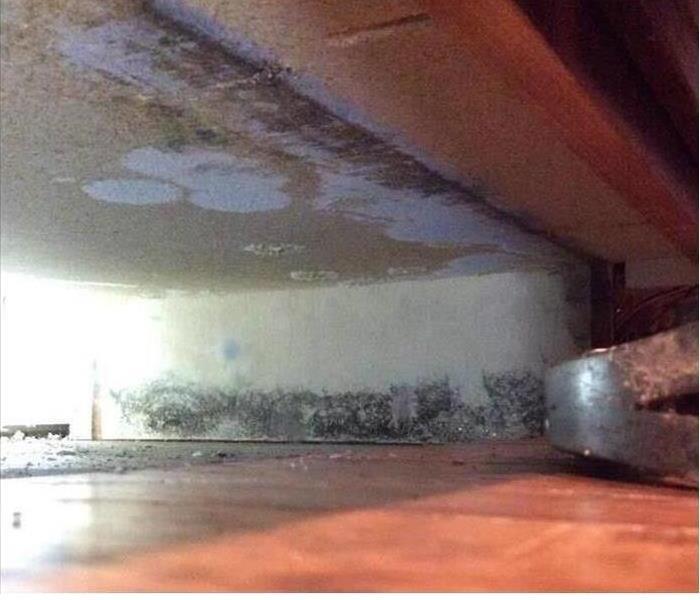Is Mold Cut Out of Your Homeowner’s Insurance Policy?
2/1/2021 (Permalink)
More homeowner’s policies exclude mold than cover this form of secondary damage. Fungus growth occurs when water damage is not cleaned quickly or thoroughly enough to avoid leaving time for fungal growth. Property owners can take three measures to determine whether coverage for mold is available under the property insurance policy for a residence in Georgia.
1. Confirm the Terms of Your Policy
The terms of each insurance policy differ. It is the responsibility of a policyholder to go through these terms before signing up for coverage and paying premiums. If you have not checked the status of mold under your property insurance, you should do so sooner rather than later. A rider on an existing policy or additional coverage may be needed to offset the cost of mold remediation.
2. Consult With an Insurance Agent
A representative of the insurance company that covers your home can explain the circumstances under which fungus growth could be considered a covered peril. Keep in mind that some insurers require agents to report that a customer is considering filing a claim. Seeking independent advice may be preferable if you are experiencing a mold problem and do not want the rate to rise.
3. Supplementary Residential Mold Coverage
Obtaining an endorsement can restore some amount of coverage for mold to a primary property policy. Another approach might be to obtain a separate mold insurance policy. Make sure the limit of any policy will cover a substantial amount of the expense associated with remediating mold, which can range up to thousands of dollars.
Fungus growth occurs when mold spores settle down on surfaces where access to sufficient moisture and nutrients is available. Homeowners may be able to reduce the risk of mold growth by arranging for timely mitigation and cleanup within 24 to 48 hours of water damage.






 24/7 Emergency Service
24/7 Emergency Service
